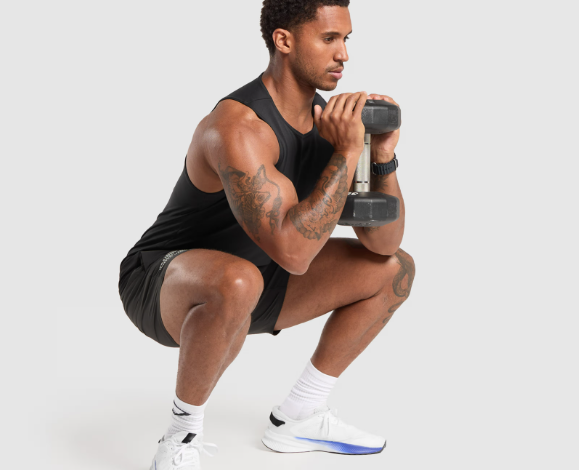
The Essential Dos and Don’ts of Ab Training
For many, achieving a flat stomach or even a six-pack is a primary motivation for working out. Not only does a toned midsection look great, but a lack of belly fat is also a good indicator of overall health, as abdominal fat is linked to higher risks of heart disease and diabetes. Despite this, many people struggle with abs training and get frustrated by their slow progress. Here are some tips to help you achieve better results faster.
Do Focus on Clean Eating
There’s a saying that “abs are made in the kitchen,” and it holds true. No matter how many ab exercises you do, a poor diet will prevent you from seeing results. If your diet is high in processed foods, sugar, and unhealthy fats, you can work out as much as you like and still be frustrated by your lack of progress. Clean up your diet, and your workout routine will have a much better chance of success.
Do Include Variety in Your Ab Routine
Sticking to the same ab exercises day after day can quickly lead to a plateau. Your muscles will adapt, and progress will stall. To continue seeing improvements, vary your routine regularly—ideally every four to six weeks. Mix up your exercises to keep your muscles engaged and challenged. This variety is key to preventing stagnation and promoting growth.
Do Make Your Workouts Challenging
Basic bodyweight exercises like crunches and sit-ups may be fine for beginners, but they won’t be enough to challenge well-conditioned abs. Once you’ve moved past the beginner stage, you need to add intensity to your routine. Consider using resistance such as medicine balls, resistance bands, or stability balls. The key is to make your ab exercises demanding enough to stimulate growth and progress.
Don’t Overdo the Reps
Performing high reps in ab exercises (more than 20) won’t help you achieve better results. Your abs are like any other muscle in your body, and they respond best to moderate rep ranges between 6 and 20. High reps won’t help you burn fat in a targeted area—there’s no such thing as spot reduction. Focus on quality, intense ab work with a manageable rep count for more effective results.
Don’t Neglect Other Core Muscles
Many people focus only on the rectus abdominis—the muscles at the front of your midsection—when training abs. While this muscle is important, it’s just one part of the puzzle. To build a well-rounded core, you also need to target your obliques (the muscles on your sides), the erector spinae (lower back), and the transverse abdominis (the deep core muscles that act as your body’s natural weightlifting belt). Include exercises that work all of these muscle groups for a stronger, more functional midsection.
Don’t Train Abs Every Day
There’s a common misconception that abs can be trained daily. This is a mistake. Just like any other muscle, your abs need rest to recover and grow. Training them every day can lead to overtraining and hinder your progress. Aim to work your abs two or three times a week, ideally on non-consecutive days, for optimal results.
Abs training doesn’t need to be complicated, but many people overthink it. By working your abs hard but not excessively, maintaining a clean diet, and integrating your ab workouts into a balanced fitness program, you’ll see better results. While a six-pack may depend on genetics, diet, and exercise, a flat, strong midsection is within your reach if you follow these simple guidelines.






